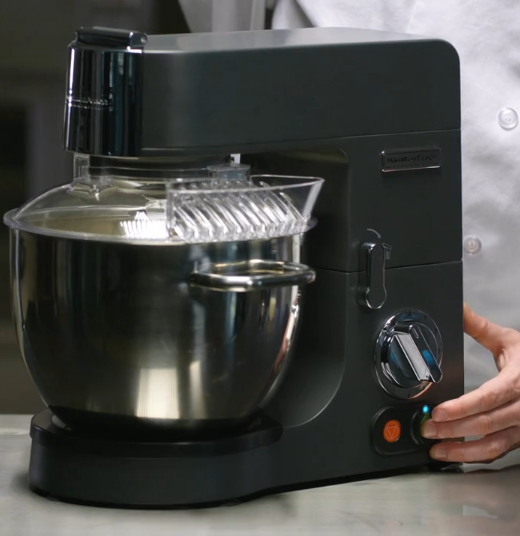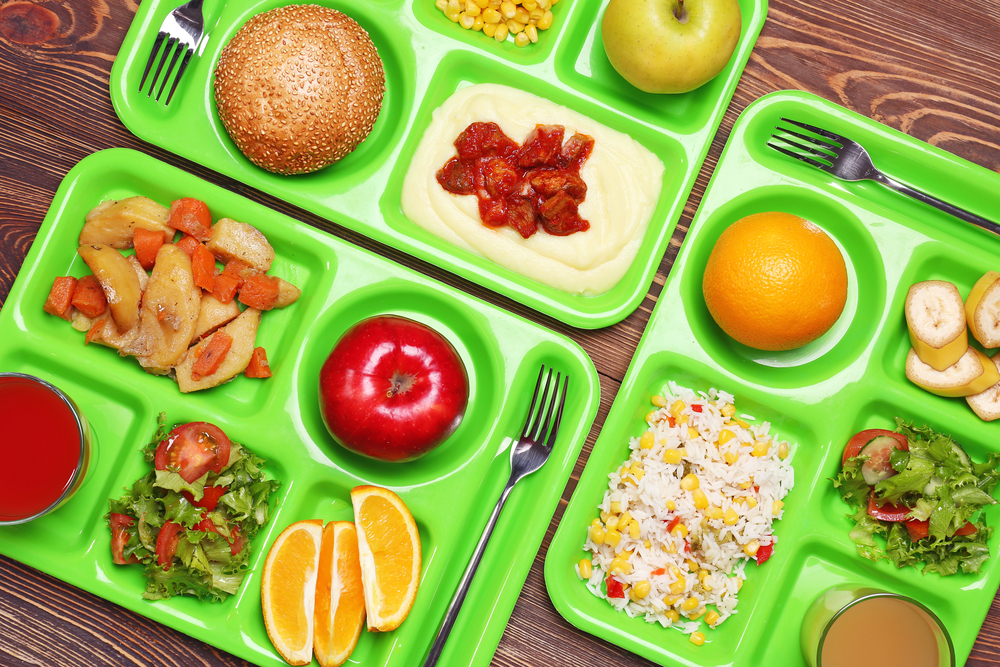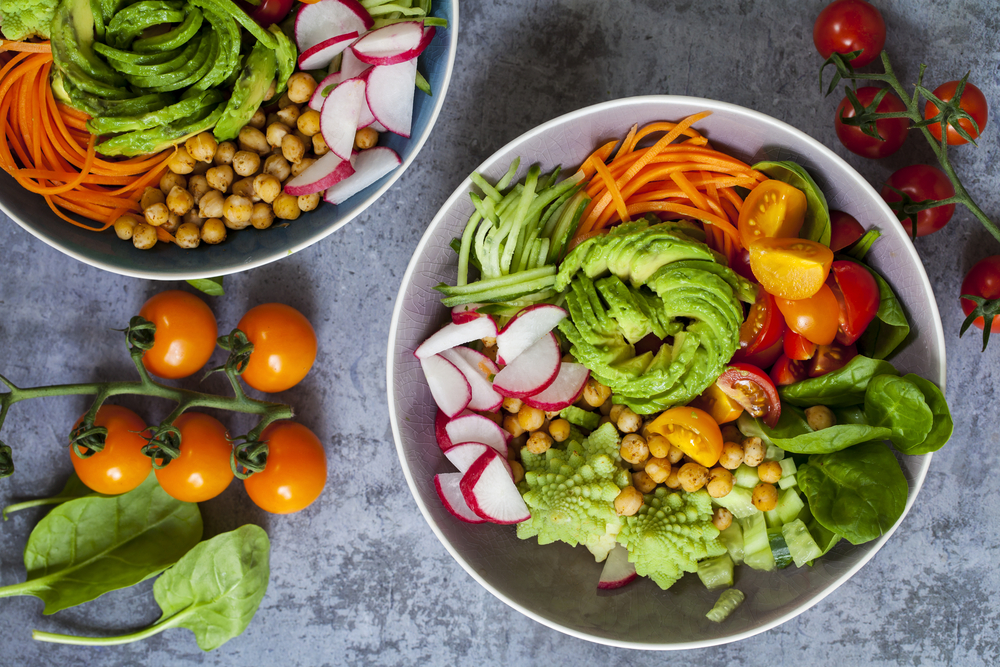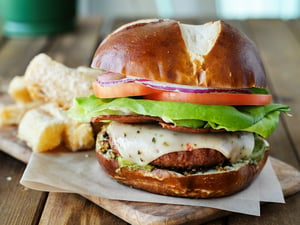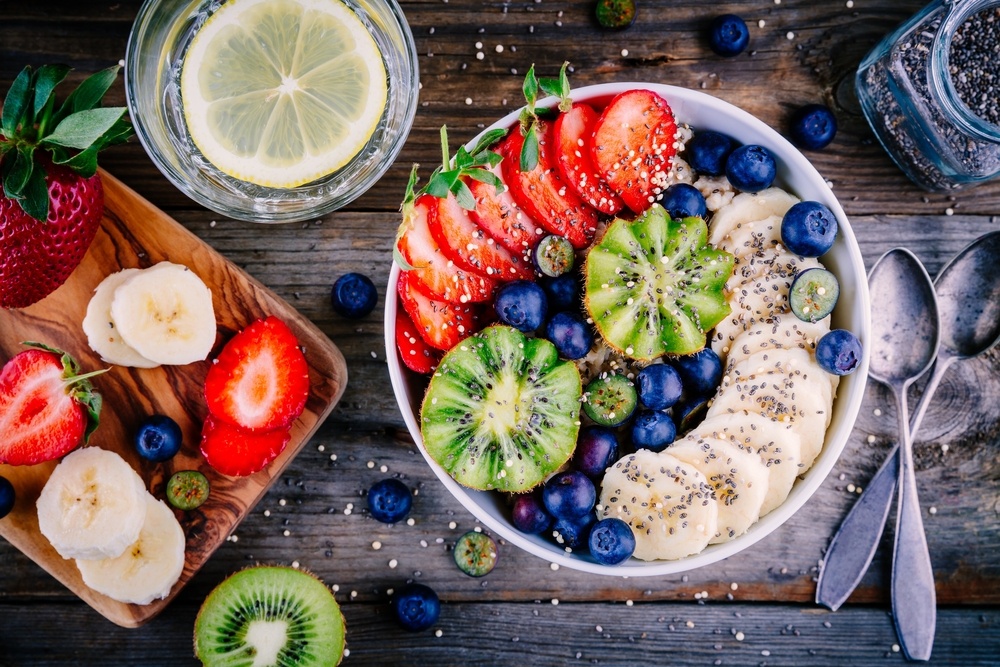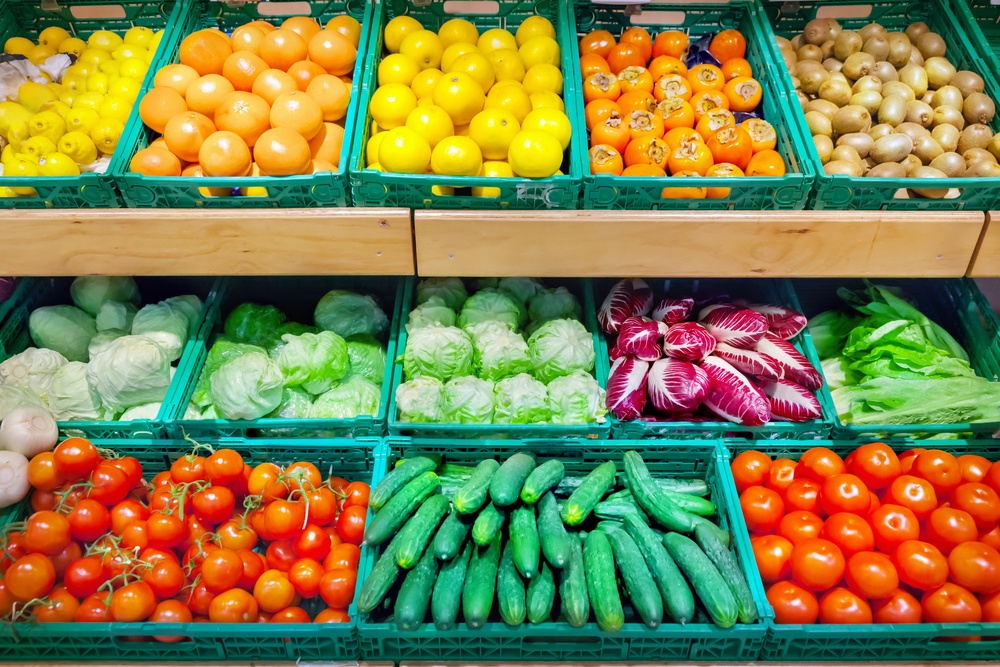Restaurants everywhere were making their operations more sustainable — and then the COVID pandemic struck. Takeout took over, resulting in an avalanche of individually wrapped plastic cutlery, straws and disposable containers. Concerns about single-use plastic and food waste were eclipsed by the fear of germs.
But waste-reduction efforts can’t be abandoned, advocates say; they just need to adapt. Prior to the pandemic, one-third of consumers were actively trying to reduce their consumption of single-use plastics, says Nell Fry, Sodexo’s senior manager of sustainability. The threat of pollution and climate change has only temporarily been eclipsed, she says; “As soon as we have this pandemic under control, there’s going to be this whiplash… ‘What are you doing about plastics? We want this done yesterday.’”
Safety and sustainability don’t have to be at odds. We’ll look at a few ways restaurants and other foodservice operators are maintaining their commitment to green operations while adapting to the realities of business during COVID-19.




